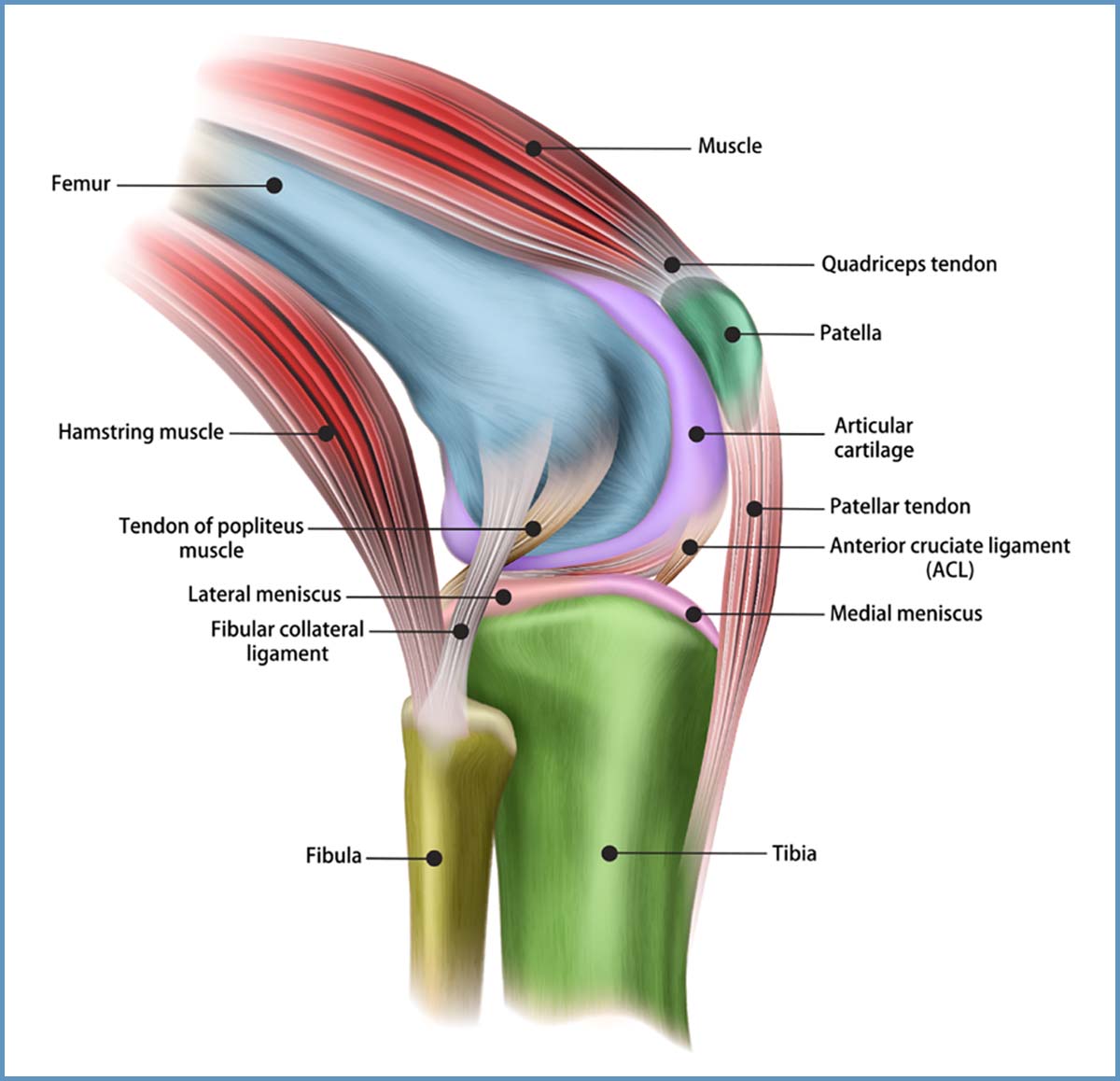What is an Arthroscope
An arthroscope is a small flexible tool with a camera attached to the end that can be inserted through a small incision so the surgeon can see inside and around the knee. Using an arthroscope, your surgeon will be able to look on a screen at the joint and surgical instruments so that the procedure can be conducted without any large incisions.
When Procedure is Used
In order to realign the kneecap, you may benefit from a lateral release during which the doctor cuts the tissue pulling the kneecap out of alignment. However, you will likely only consider this surgical option after you have tried nonsurgical methods such as rest, stretching, and physical therapy. Surgical patella realignment is more commonly performed if you are experiencing subluxation or dislocation, and it is even combined with other procedures in some cases.
During Surgery
You will most likely be given a general anesthesia to make sure you relax your muscles and to prevent pain. Depending on your surgeon’s preference and your health, you will have eiether a spinal or general anesthetic administered. General anethesia will put you to sleep and spinal anesthesia may leave you awake or sedated, but unable to feel pain from your waist down. Your surgeon will then make multiple small incisions, including one for the scope itself and additional ones for the surgical instruments. In order to “release” the patella from the tension pulling it slightly out of place, the tissue to one side of it will be cut. If necessary, your surgeon may perform additional procedures to increase the stability of your knee.
Risks
The risk of complications is very low. However, potential risks might include
- allergic reactions to medications
- nerve damage
- bleeding or blood clots
- infection
- injury to surrounding tissues
- numbness
Benefits
- elimination of or decrease in pain
- improvement in knee function and stability
- increase in strength
 Patella Realignment (Knee Cap Realignment, Lateral Release)
Patella Realignment (Knee Cap Realignment, Lateral Release)







